Let’s face it, tackles boxes can easily become a disorganized array of fishing lines and entanglement of hooks. Along with multi-seasonal rods and every spool of monofilament or fluorocarbon fishing line on the market, it’s hard to be a neat and tidy angler. As such, with a mess of fishing gear accumulated over time, the task to declutter can be daunting.
In order to get started, you will have to determine where your gear will be sorted to. As such, if you normally fish from a boat, it would be recommended to use a tackle box with clear waterproof trays with fasteners. Alternately, if you fish from the shores, opt for a backpack or shoulder-style tackle box that will free up your hands. Once, you’ve decided where to house your equipment, it’s time to tackle the mess with this simple guide. For this reason, here’s how to organize your fishing gear.
Organizational Tips for Fishing Gear

Image credit: famouscoffee via Pixabay
Once you have determined how and where you are going to store your fishing gear, it’s important to establish an organization system going forward. This can be done by classifying the gear into species, size, length, or shape of each item. Further, having a system in place will help with locating items later and in a timely manner.
Materials Needed
- A hard shell tackle box with divider trays
- Permanent marker
- Soft bait binder
- Elastic bands
- Ziploc bags
- Safety pins
- Tape
- Tippet holder
- Fishing line storage case
- Wall-mounted fishing rod rack
- Hardshell rod case
How to Organize Your Tackle Box

Image credit: Trophy Technology via Unsplash
Organizing Tips for Hard Bait
If you’ve been fishing for a while, chances are you have collected a variety of crankbaits, suspended lures, topwater baits, and deep divers. With the sharp nature of the hooks on these lures, it is best to store them in a hard shell tacklebox with dividers to protect against pokes.
As such, these can be organized into each tray based on species. You can have one tray for bass and another for panfish. Nonetheless, adjust the trays as needed to fit the lures. Once, complete, you can write the name of the corresponding fish species on the tray with a permanent marker.
Alternatively, you can categorize the lures based on the type of lures, such as one tray dedicated to crankbait and another for topwater baits. Label the tray once finished categorizing the lures.
Organizing Tips for Soft Plastic Bait
On the other hand, storing soft plastic baits is different due to their potentially degradable nature. It’s important to keep soft bait and swimbaits in their original packaging. If you don’t have the manufacturer’s packing, place the bait into Ziploc bags. Avoid placing different baits in the same bag, since the soft bait could melt together. It’s easiest to keep brands, colors, sizes, or types of bait together when deciding how to group them.
With the prepped bagged baits, place them accordingly into a soft bait binder or a larger Ziploc bag. If the swimbait or soft baits are in a Ziploc bag, be sure to write what it is with a permanent marker. Alternatively, a waterproof divider tray can be used to house loose soft-plastic bait, it must be airtight or the soft plastic bait may dry out. There are many ways to organize soft plastic baits, check out this video for more details.
Organizing Tips for Hooks

Image credit: ds_30 via Pixabay
Single hooks can be cumbersome in a tackle box with dividers since they often get jammed under the lip of the divider. Categorize the hooks by type or size, then fish a safety hook through the eyelets. Thus, you should be left with a string of hooks on one safety hook. However, this doesn’t stop at loose hooks, it can be applied to wayward swivel hooks. But, Regardless, place this in one of the dividers and label it with a permanent marker as needed.
Organizing Tips for Leaders
If you have multiple types of leaders or loose leaders in general, sort them into braided, non-braided, or length. Straighten them out, so none are tangled, neatly tap into a single bundle, and wrap an elastic band around them. When it comes to storage, place it into the divider tray if space is available. If not, place it into a pocket of the tackle box bag. You’ll never have to lose leaders again.
Organizing Tips for Fishing Line
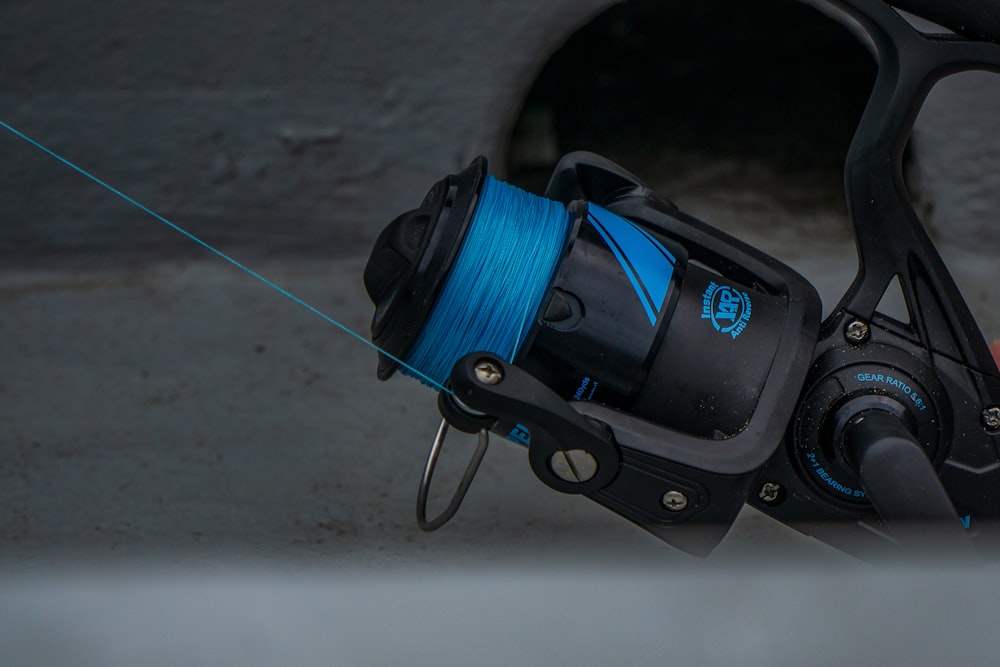
Image credit: Harrison Kugler
General Organizing Tips for Fishing Line
There are several ways in which to store fishing lines. The easiest is to spool the line provided by the manufacturer, making sure the end is tucked into the slip on top of the spool. Sometimes, the line will not stay and a piece of tape may be needed.
Organizing Tips for Fishing Line for on-the-go
Another way to store fishing lines for on-the-go purposes in a tackle box is by using a tippet holder. To prep, this for the tackle box, punch a hole through the front sticker of the fishing line spool. Alas, each spool has a hollowed-out center. Thus, detach the bottom of the tippet holder, and feed through the center of the spool. Now, reattach the bottom of the tippet holder with the spool in the center. If a slit is optional, place a piece of tape over the end of the line. With the carabiner of the end of the tippet holder, clip onto the tackle box strap, a zipper, or a fastener for easy access.
Organizing Tips for Multiple Fishing Lines
With a fishing line storage case, you can store a variety of fishing lines or multiple spools in one place. Nevertheless, open the hardshell storage case, taking as many spools as needed. From the manufacturer’s spool, wind it onto the storage spool, when the end of the line, tuck it into the slit in the top. Label the spool with a permanent marker. Repeat as many times as needed.
Organizing Tips for Rods

Image credit: Ibookrt via Pexel.
Organizing Tips for Rods Not in use
When not using a rod, it’s best to store them in an area that won’t bend the eyelets. The best way to do so is to install a wall-mounted rod holder, which can be fastened to a wall with screws. Once installed, simply slide the rod in place until it’s needed. Alternatively, these rod holders are also available in a carousel fashion.
Organizing Tips for a Rod on the go
If using a rod in season, carefully disassemble the rod into the allotted pieces, removing the reel and fishing line if needed, and slid it into a hard case fishing case. Hardshell rod cases come in many forms and sizes, so you may not have to completely disable the rod. Close the ending on the case and store it in a closet or in the back of the car. The case allows for the safe storage or transportation of rods, with the hard shell protecting it from any dings or items falling on it. As such, it allows you to have your rod at the ready if a spontaneous fishing trip were to occur.
The Last Word
There you have it, simple ways to store and organize all of your fishing gear for immediate or later use. Now apply this organizing system to your fly-fishing, ice fishing, and trolling gear. But, with these tips to keep your fishing gear organized, you’ll be left wondering why you didn’t sort through and catalog it sooner.
However, it’s important to remember that decluttering fishing gear will only work as long as you maintain it. So don’t accumulate lures without sorting them after use, and don’t let your hooks get loose in the dividers. Take that extra minute to ensure everything is in its correct place before calling it a day of fishing. But if a mess were to form, you know how to organize your fishing gear.

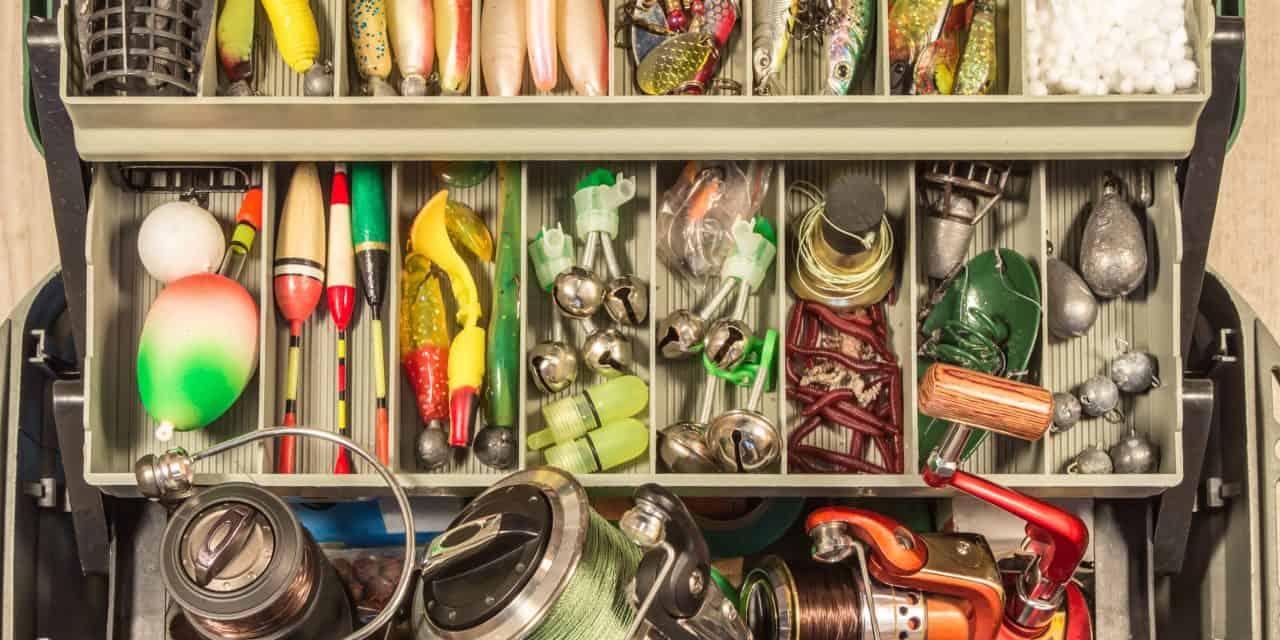

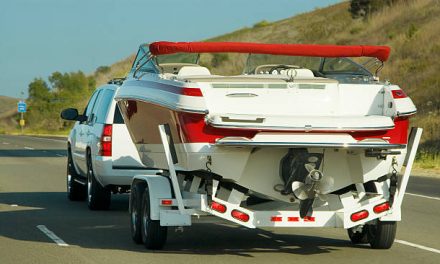
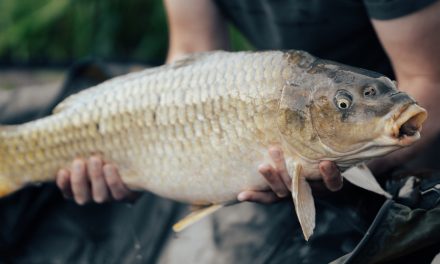
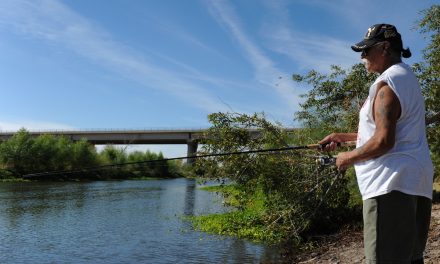
 E-Newsletter
E-Newsletter